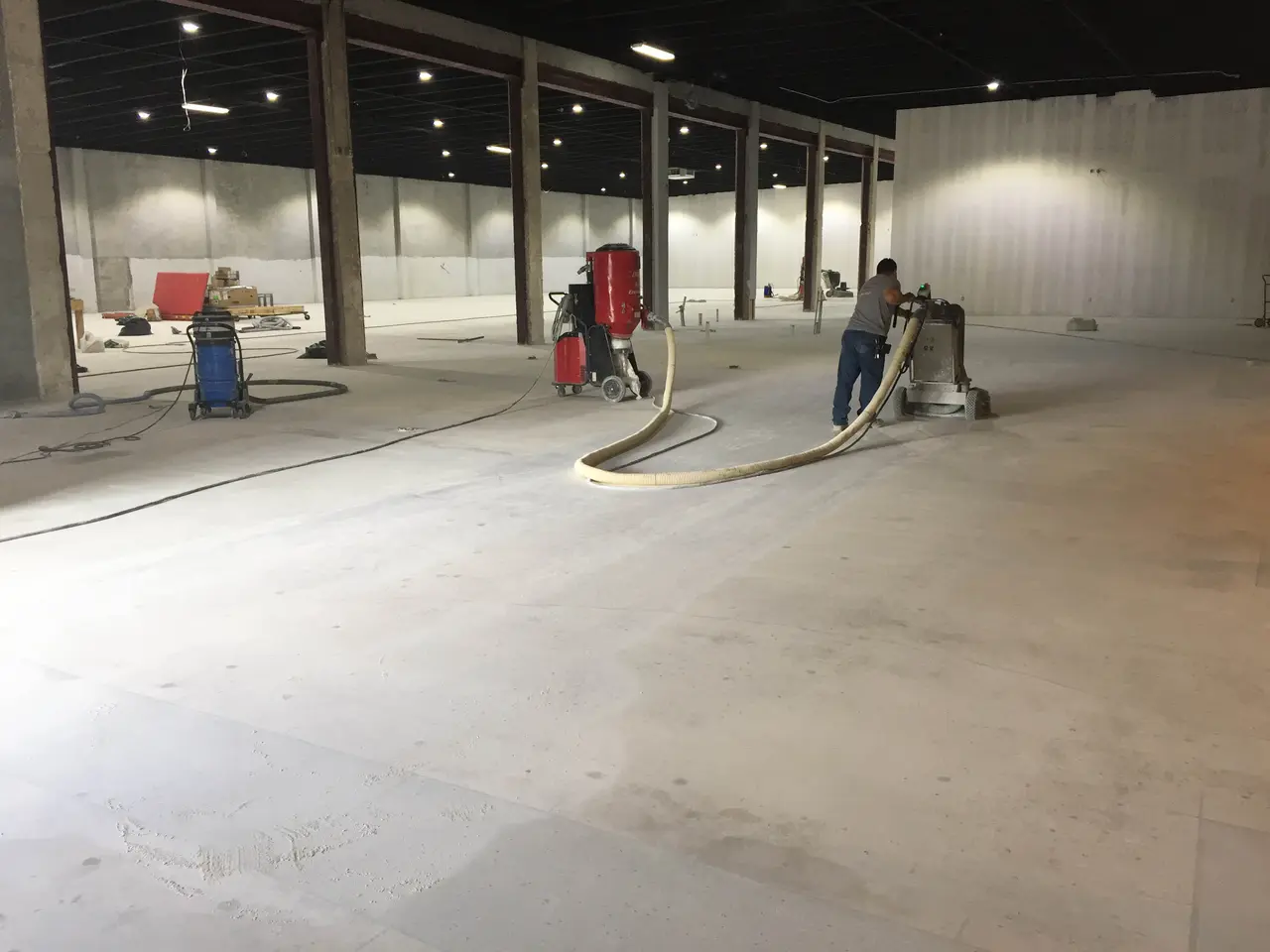Warehouse floor repair is crucial for maintaining safety and efficiency. Understanding how often repairs ought to take place can save you time, money, and potential hazards. In this blog, we’ll explore the factors affecting warehouse floor repairs and offer a simple guide to keep your floors in top condition.
Understanding Warehouse Floor Wear and Tear
Warehouse floors endure a great deal of wear and tear due to heavy machinery, foot traffic, and various environmental factors. Over time, this can lead to significant issues such as cracks, dings, and uneven surfaces. Recognizing the inevitable degradation of your flooring is the first step toward effective maintenance.
Factors such as the type of flooring material and the everyday activities taking place in your warehouse also play a significant role in wear patterns. For instance, concrete floors might be more resilient but can still suffer from spalling over time. Conversely, epoxy coatings may need more frequent checks as they are more susceptible to damage under heavy loads.
By observing these wear trends, warehouse managers can create a proactive approach to repairs, ensuring a safer environment while also enhancing the lifespan of the flooring.
Signs Your Warehouse Floors Need Repair
When it comes to recognizing the signs of pending repairs, your first instinct should be to look for physical changes in the flooring. Cracks that stretch across a large area, sudden dips or uneven patches are glaring indicators that action is needed. These issues can pose trip hazards for employees and disrupt the flow of operations.
Additionally, if you start to notice the appearance of water pooling or collection in certain areas, this may indicate significant wear that needs immediate attention. Water accumulation can lead to further deterioration and should not be underestimated.
If your flooring is beginning to show signs of discoloration or peeling, especially if it is coated, these are also crucial signals. Addressing these signs promptly can save money and decrease downtime.
Factors That Influence Repair Frequency
Repair frequency is influenced by a variety of factors, with heavy machinery use being at the forefront. In environments where forklifts, pallet jacks, or other equipment are frequently in use, the floors are likely to wear down more quickly. Investing in regular inspections can help catch wear before it turns into a larger issue.
Environmental conditions can also affect how often repairs are necessary. Humidity, temperature fluctuations, and even groundwater proximity can compromise floor integrity. For example, damp environments can lead to rust and corrosion in addition to cracks.
Finally, the initial installation quality plays a role. A well-installed warehouse floor may require infrequent repairs, while a poorly installed one may need constant attention. Thus, understanding your unique environment will guide how often you should schedule repairs.
Recommended Repair Schedule
As a general guideline, it is wise to conduct a thorough inspection of your warehouse floors at least once a year. During this inspection, look for the signs mentioned earlier and assess the overall condition of your flooring. Taking proactive steps can help to identify minor issues before they escalate.
For warehouses with significant activity, consider semi-annual inspections to ensure optimal safety and efficiency. This might include visual checks and even sound tests in some cases. More frequent inspection allows you to keep on top of any issues that might otherwise go unnoticed.
If significant damage occurs or if you observe multiple issues developing, don’t hesitate to schedule repairs promptly. Addressing these issues swiftly actually allows for cost savings in the long run as it prevents more extensive repair work down the line.
Tips for Maintaining Warehouse Floors
Regular maintenance is essential for extending the lifespan of your warehouse floors. One effective strategy is to implement a cleaning schedule that includes daily sweeping and periodic deep cleaning. This can help to eliminate debris that may cause scratches or other damage over time.
Using mats at entry points can greatly reduce the amount of dirt and moisture tracked onto your floors. Additionally, implementing protective measures such as floor coatings can enhance their durability, making them more resilient against spills and abrasions.
Finally, training staff on best practices for floor use can prevent unnecessary wear and help catch issues early. A culture of awareness and responsibility can go a long way in maintaining a safe and efficient working environment.
Final Thoughts on Warehouse Floor Maintenance
By keeping a close eye on your warehouse floors and following these guidelines, you can ensure a safe and functional workspace. Remember, timely repairs not only enhance the longevity of your flooring but also improve overall warehouse performance.



